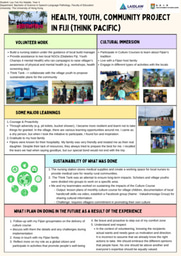A comparison of vocal fold functions measured by laryngeal ultrasound imaging in children with or without vocal fold paralysis (Research proposal)
Abstract
Pediatric vocal fold paralysis may be congenital or caused by nerve injury during cardiothoracic surgery. It results in voice disorder and other complications which greatly compromise the patient’s quality of life. Early detection and diagnosis of the problem is important. Laryngeal ultrasound imaging has an emerging role in voice assessment. This study would recruit 30 children with and without vocal fold paralysis from a local hospital and laryngeal ultrasound imaging would be performed. The objectives are, 1) to evaluate the effectiveness of four quantitative parameters in distinguishing children with or without vocal fold paralysis and 2) to explore the use of ultrasound imaging in evaluating supraglottic configuration. It is hoped that the findings could extend our current understanding on the sonographic appearance of larynx and supra-laryngeal structures in children as well as promote the use of laryngeal ultrasound imaging for screening children susceptible to vocal fold paralysis.
Research questions
- Which quantitative parameter(s) is/are effective in distinguishing children with or without vocal fold paralysis?
- Can supraglottic configuration be visualized using ultrasound imaging in children with or without vocal fold paralysis?


Please sign in
If you are a registered user on Laidlaw Scholars Network, please sign in